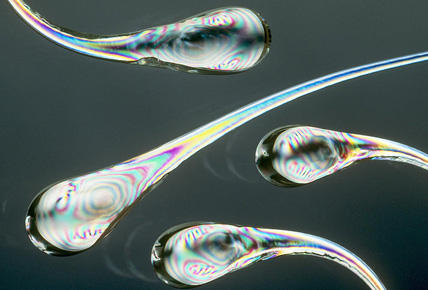Home » Blog » Prince Rupert's Drop the strongest naturally occurring glass
Posted on : 05-10-2023 Author : Gemini Sundar

The Prince Rupert's Drop is a scientific curiosity and a unique type of glass object that exhibits some fascinating and counterintuitive properties. It is named after Prince Rupert of the Rhine, a 17th-century German prince and military commander, who is often credited with introducing these objects to Europe, although they were likely known in Asia before that time.
A Prince Rupert's Drop is formed by dropping molten glass into cold water. The glass quickly cools and solidifies, forming a teardrop-shaped object with a long, thin tail. What makes these drops so interesting are their unusual mechanical properties:
Extremely Strong Head: The head (the thicker part) of a Prince Rupert's Drop is incredibly strong and can withstand significant external forces, including blows from a hammer or even a bullet. It's one of the strongest naturally occurring materials known.
Fragile Tail: However, if even a small part of the tail is damaged or cracked, the entire structure disintegrates explosively. The energy stored in the head of the drop is released suddenly when the tail is compromised, causing it to shatter into countless tiny pieces.
This behavior is due to the internal stresses within the glass. When the glass cools rapidly in the water, the surface contracts and hardens while the inner core remains in a state of tension. This tension is what gives the head its incredible strength, but it also means that the structure is highly unstable. Any break in the tail allows the tension to propagate through the drop, resulting in its explosive disintegration.
Prince Rupert's Drops have been used in demonstrations to illustrate the concept of stress and strain in materials, and they have also been studied for their potential applications in materials science and engineering, such as in the development of super-strong glass.
In recent years, high-speed cameras and advanced imaging techniques have allowed for a more detailed understanding of the behavior of Prince Rupert's Drops, making them a subject of continued scientific interest and fascination.